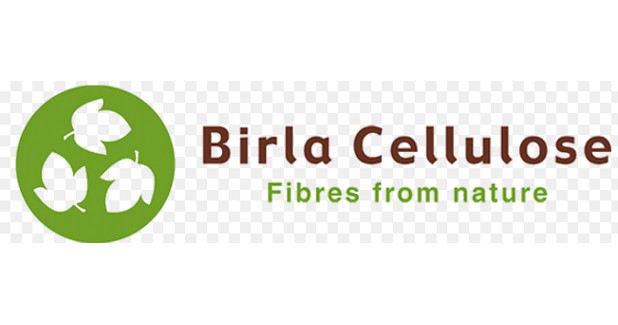
Birla Cellulose to reduce water intensity by 50% by 2025
Birla Cellulose has targeted to reduce its water intensity by 50 per cent by 2025 from baseline year 2015.
Birla Cellulose has targeted to reduce its water intensity by 50 per cent by 2025 from baseline year 2015. This will be achieved by application of new technologies based on the principles of 3R (Reduce, Reuse & Recycle). Birla Cellulose is one of the global leaders in viscose industry and a part of $48.3 rolex swiss replica billion Aditya Birla Group’s pulp and fibre business.
The best practices in the area of water management and innovations that allows multiple times reuse of water, and technologies such as membrane processes to clean up and recycle the wastewater have been applied across all fibre sites of Birla Cellulose successfully reducing the water intensity by 30 per cent from the baseline of 2015. This has resulted in some of the sites creating new benchmarks for water intensity in the global viscose industry.
Dilip Gaur, Business Director – Pulp and Fibre Business, Aditya Birla Group, informed that climate change and water scarcity are the two biggest concerns of the global community today and need to be addressed by concerted efforts. A strong focus on reducing fresh water intake can result in fresh water being available for alternative uses.
Reducing fresh water intake also leads to equal reduction of the wastewater discharged,panerai replica watches thus creating large positive impact on the environment. Gaur added that Birla Cellulose is in the process of applying the most stringent norms across all its fibre manufacturing sites, by going beyond the applicable regulatory norms, and implementing the European standards (referred to as EU BAT norms) for wastewater discharge.
Water is the lifeline of every living entity on earth and is the most important shared resource on the planet. Water is a key resource for economic and social development and is vital to maintain health, grow food, generate energy, manage the environment, and create jobs. However, the world is grappling with severe water scarcity. As per a United Nations study, 2.1 billion people or about 40 per cent of the global population live in water scarcity today. Textile industry is one of the largest consumers of water during production of fibre and fabric and for irrigation of crops like cotton, which consume huge amount of water. United Nations Sustainable Development Goal 6 calls for ensuring the availability of clean water and sanitation for all by the year 2030.




